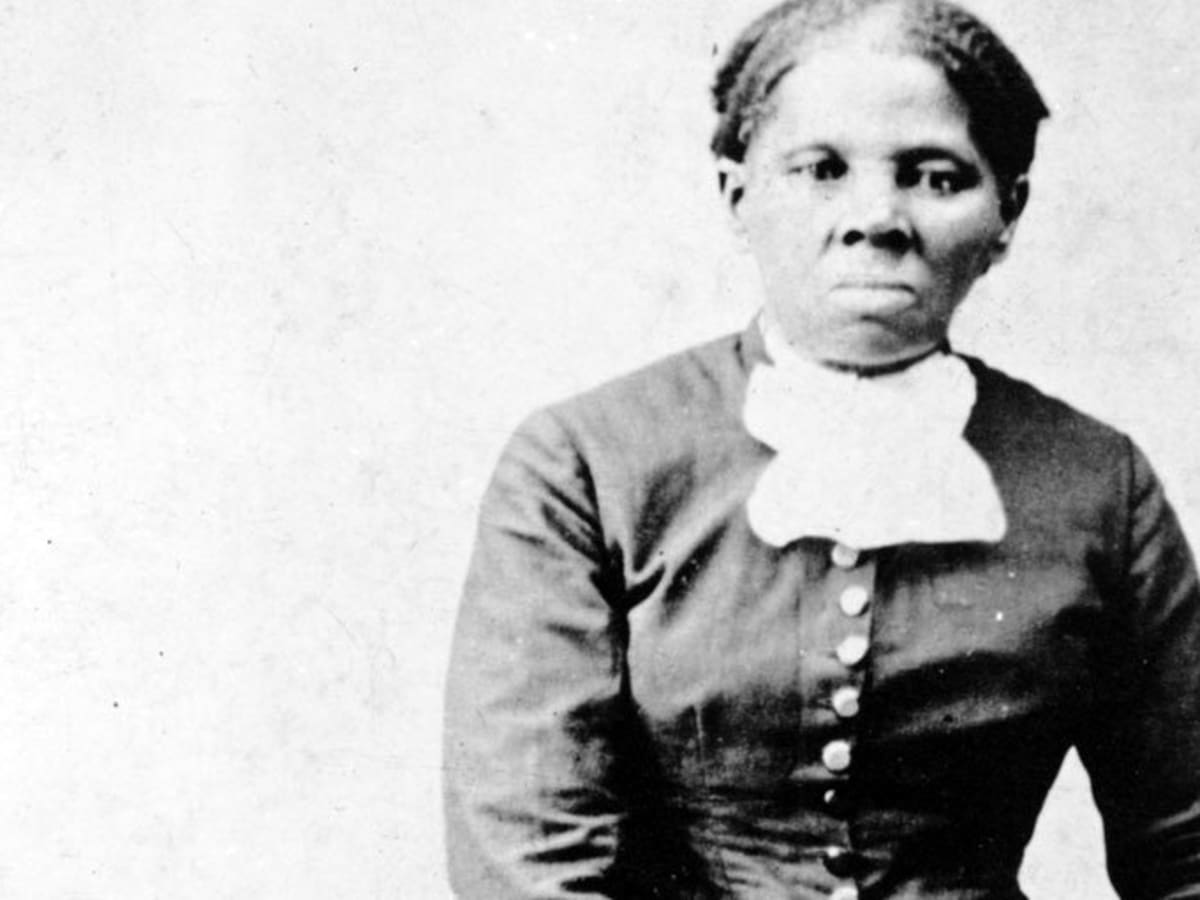Harriet Tubman was born a slave around the year 1820 in Maryland. Her parents had named her Araminta Ross, but she later changed it to Harriet, as this was her mother’s first name.
Tubman received cruel treatment even at a young age. The plantation owner would rent her out as a nursemaid. Whenever the baby she was in charge of would cry, she would be whipped as a punishment. Tubman was also rented to others in the years following to set up muskrat traps and to work in fields.
One of Tubman’s early acts of bravery occurred when she was just 12-years-old. When she saw an overseer about to throw a weight at another slave, she stepped in the way to protect the other slave from injury. The weight hit Tubman instead, creating a head injury that caused her problems for the rest of her life. She experienced headaches and would sometimes fall into a deep sleep.
In 1840, Tubman’s father, who was owned by a different owner than the rest of the family, was set free. Along with her mother and siblings, Tubman was technically freed by her previous owner’s will, but their new owner refused to accept it.
Tubman married a free black man, John Tubman, around the year 1844. Five years later, she made the decision to attempt an escape with two of her brothers after she found out that they were to be sold. She found help from the Underground Railroad and traveled to Pennsylvania, eventually reaching Philadelphia. There, she worked as a housekeeper to make a living for herself.
“When I found I had crossed that line, I looked at my hands to see if I was the same person. There was such a glory over everything; the sun came like gold through the trees, and over the fields, and I felt like I was in Heaven.” -Harriet Tubman
In 1850, Tubman decided to go back to the South to help free her family members. She heard that her niece and her niece’s children were to be sold. Her niece was married to a free black man who was able to win the sale of his family. Tubman then helped the entire family escape through the Underground Railroad to freedom. She did not stop there, however. Tubman made many more trips back to the South to lead slaves to freedom. She even rescued her parents who were elderly at the time. Tubman attempted to bring her husband during one trip, but he had married another woman and refused to go with her.
That same year, the Fugitive Slave Act was passed. It stated that slaves who were found in the North could be captured and returned to the South. This affected those who had escaped slavery as well as free blacks.
Due to this law, Tubman had to work even harder to ensure that she and the slaves that she was rescuing would not be caught during the trips. She changed their destination to Canada, where slavery was not allowed. Evidence has caused people to believe that she met Fredrick Douglass, a former slave and abolitionist, at his home here.
When the Civil War began in 1861, Tubman continued her work and also assisted the Union Army. She worked jobs such as a nurse, cook and laundress. She later became a scout and spy in the South for the army as well. Since she was unable to read or write, Tubman remembered the information she gathered to report.
On June 2, 1863, Tubman became the first woman to lead a military expedition in the United States, the Combahee River Raid. She directed ships to areas on the shore to meet slaves in need of rescue and to destroy plantations. Over 700 slaves were able to be freed from this attack on plantations.
After the Civil War, Tubman lived at a property she purchased in 1859 located in Auburn, New York. Many of her family and friends joined her on this land. Tubman welcomed those who were in need to live there as well. She gathered her needed income by raising pigs and selling her own produce. Many people who knew or admired Tubman also gave her donations and raised funds for her causes.
Tubman married a man named Nelson Davis in 1869. Tubman’s first husband, John, had died a couple of years earlier. Davis was a former slave who also fought in the Civil War. The couple adopted a girl named Gertie a few years after they were married.
Tubman also participated in the fight for women’s right to vote. She traveled to different areas in the northeast to bring support to this cause.
In 1896, Tubman purchased another piece of land near her current one. She used this to open the Harriet Tubman Home for Aged and Indigent Colored People.
Tubman continued to suffer from issues caused by the head injury she received from the weight when she was young. She underwent brain surgery in an attempt to lessen her issues, but as time went on, Tubman continued to decline. In 1911, she had to go live at the home she had opened previously. She died from pneumonia in 1913.
Rebekah Davidson
Intern


